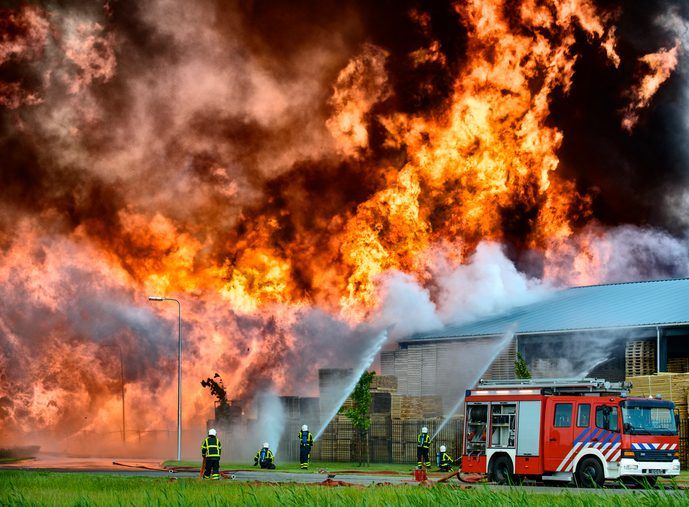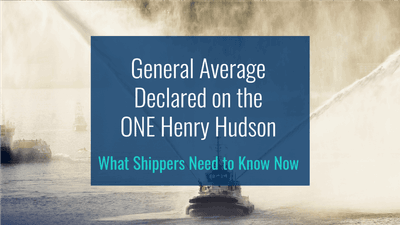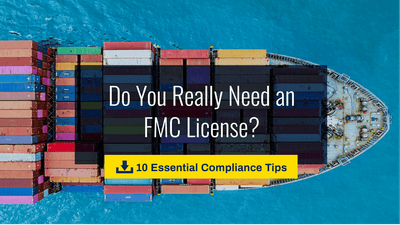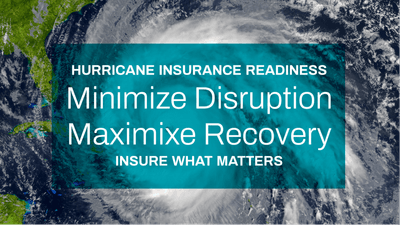December 12, 2016 | Industry Insights
Cargo Insurance in Action: Coverage Kicks In for Warehouse Merchandise Damaged in Fire

As the leading provider of insurance solutions for transportation and logistics providers, at Roanoke Trade we handle many different types of Cargo insurance claims – from freight forwarders and property brokers to third-party logistics providers and customs brokers. We’d like to share these claims with you in a new series, “Cargo Insurance in Action,” to provide you with further insight of the type of exposures and incidents that can result in a significant loss and to underscore the importance of carrying Cargo insurance.
The first claim example in our series involved freight in an old warehouse believed to have been used at one time to store nuclear weapons and components. The warehouse containing the freight of all kind was completely burned to the ground, with the cause of the fire underdetermined. However, on the day of the loss there were high winds that accelerated the spread of the fire. In addition, the sprinkler system was later determined to be faulty, which added to the magnitude of the fire. The damaged cargo claim was considered a total loss and the amount paid on the claim was $168,000.
Cargo insurance is critical to protect against the risk of financial loss resulting from lost or damaged goods within the supply chain. An all-risk policy, Cargo coverage will protect against most problems door-to-door, and even within a warehouse, as the above illustration show. A policy can be customized based on the type of goods, modes of transportation, desired coverage, terms of sale and risk tolerance.
What’s important is to have a partner who is well versed in supply chain logistics to help you develop a comprehensive risk management strategy, and customize a Cargo insurance policy to address your shipper clients’ unique needs. At Roanoke Trade, we can provide a policy tailored to address domestic cargo coverage, warehousing and storage, stock throughput, expanded warehouse-to-warehouse coverage, on-deck coverage, high-value coverage, and project cargo.













